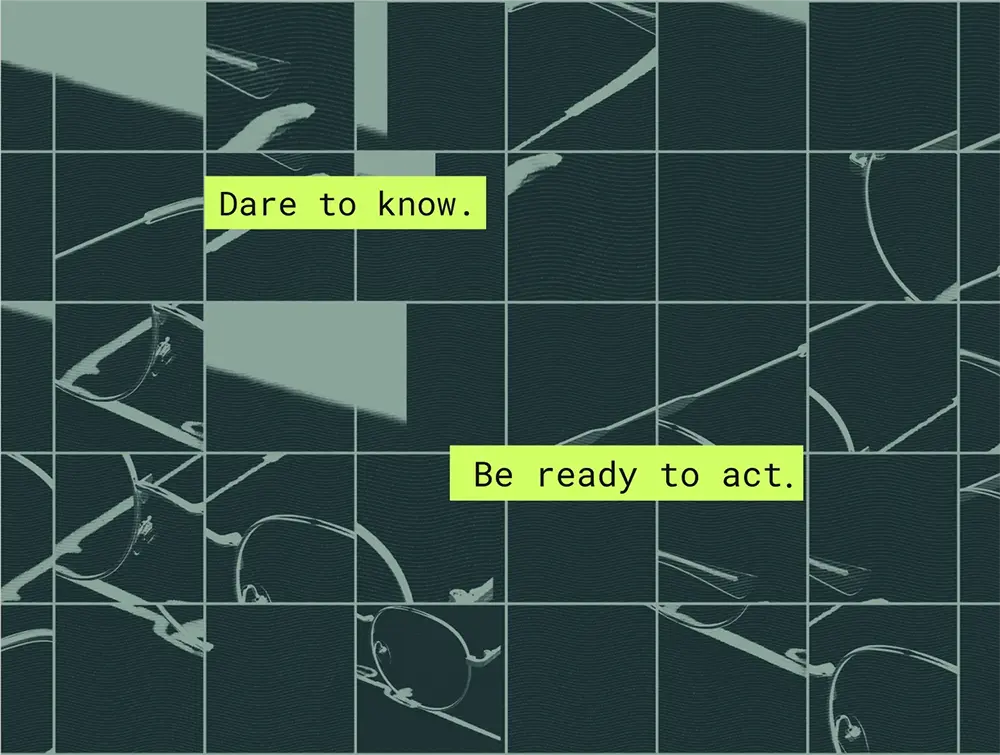2024 Cybersecurity Trends: Simplifying CISO Strategies with Cyber Risk Quantification for Maximum Efficiency

The CISO function is undeniably essential yet undeniably stressful. 94% of CISOs are stressed at work, according to a study conducted by Cynet and published in February 2023. A CESIN survey published in 2021 reports that 28% of CISOs experience stress ‘with a risk of burnout at work,’ while 60% endure intense daily stress. This stress is amplified by the overwhelming workload, the anxiety surrounding personal liability in the event of an incident, and the company’s inadequate preparation and consideration of cyber threats.
According to Gartner®”CISOs should use an outcome-driven metrics (ODM) approach to action Minimum Effective Insight.”[1], Citalid suggests taking such effective & minimalist approach, a genuine streamlined mindset based on economy of means and concentration on the results achieved.
Do less but do it more efficiently and focus on results.
The first recommendation is to reduce the number of technologies used to detect cyber threats. Since 2020, the range of cybersecurity solutions has grown enormously, leaving technical teams overwhelmed by the sheer number of products available. There is a strong temptation to accumulate as many as possible in the belief that this will maximise production. Unfortunately, this is usually counterproductive, and it is better to choose the solution that is best suited to your organisation’s industry.
Having as much information as possible means you can better control your cyber security. This is a misconception. The proliferation of data is a waste of time because it means a significant amount of information to process and analyse. The ‘less is more’ strategy means focusing on the data that is truly relevant to your organisation’s cybersecurity, to avoid drowning in the flood of information.
Training a larger part of the organisation in the essential aspects of cybersecurity is also an essential part of this approach. “Errare humanum est” – to err is human, as Saint Augustine famously said. Indeed, the strategy of cyber attackers often focuses on the lack of vigilance of their target’s employees when gaining access to the company’s information system. Raising awareness of cyber security and taking preventative action within your organisation means wasting time to save time later. Once you have learned the basics of cyber hygiene, you will see the potential for damage to the information system decrease… Prevention is better than cure.
Checking employees’ use of the information system more often would ensure better protection for the organisation. Most of the time, companies react to the ubiquity of insecure behaviour by their employees by exercising more control. The optimisation approach suggests leaving more room for the user experience to limit the friction associated with cybersecurity, thus ensuring that controls are better accepted and less circumvented within the organisation.
At the European level, regulatory pressure on cybersecurity will increase in the coming years. Many business sectors will be affected by the legislation currently being implemented. With all the demands that organisations will face and the shortage of cybersecurity talent, optimising cybersecurity should become the norm.
A common language across the whole organisation.
Defending and justifying the annual cybersecurity budget to the board is often a significant challenge. Cyber risk can be perceived as an intangible and abstract concept disconnected from daily reality, in addition to which its technical nature can be daunting for those unfamiliar with it. Consequently, there is a lack of understanding between security teams and business leaders, adding extra pressure on the CISO.
However, cyber risk is first and foremost a business risk. We, at Citalid, offer a SaaS solution that provides a common financial language for all teams responsible for assessing, reducing, and sharing cyber risk. This enables decision-makers who are not familiar with cybersecurity concepts to better measure the impact of the company’s financial exposure. Quantifying cyber risk and its straightforward outputs simplifies the dialogue, creates links between technical teams and the board, and raises the awareness of cyber risk. CISOs save time by having the right data to make informed decisions and justify their investment plan.
Reliable, contextualised threat analysis.
Quantifying cyber risk enables security teams to understand their risk attributes and their organization’s vulnerabilities so they can focus only on the contextualized nature of the threat and adapt their course of action. This illustrates the urging need for CISOs to pursue a quantitative outcome-driven approach which will aim to be more selective about the sources of data used to analyze and make decisions.
The Citalid platform is focused on empowering the user with the essential information to make informed decisions. The threat landscape is navigated on the user’s behalf, leveraging a solution that combines artificial intelligence and human expertise. Our technology harnesses and augments the FAIR (Factor Analysis of Information Risk) methodology, which assesses risk exposure by combining the attack frequency and the potential costs upon successful breach. With over 1,000 risk scenarios dynamically quantified for our clients, it encompasses a broad spectrum of potential outcomes the company may encounter. This calculation is enhanced by Citalid’s Cyber Threat Intelligence expertise, actively monitoring over 700 threat actors, supplying our CRQ SaaS with essential data for straightforward, contextualized risk management.
The solution meets the need for a consolidated view, providing concise and representative KPIs that offer business leaders a clear perspective on their exposure to cyber risk. Instead of drowning in excessive information, you gain the precise data necessary to identify the most efficient path to resilience and make it happen.
Citalid can contribute to maximizing impact by giving security teams a relevant, contextualized, and actionable set of data to make informed decisions about both cyber security and insurance. All this while sticking to a financial, ROI-driven approach designed for leadership teams.
Request a demonstration here.
[1] Gartner Press Release, Gartner Identifies Four Myths Obscuring Cybersecurity’s Full Value June 5, 2023. https://www.gartner.com/en/newsroom/press-releases/2023-06-05-gartner-identifies-four-myths-obscuring-cybersecuritys-full-value
GARTNER is a registered trademark and service mark of Gartner, Inc. and/or its affiliates in the U.S. and internationally and is used herein with permission. All rights reserved.

